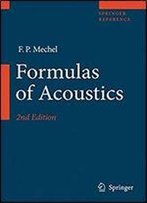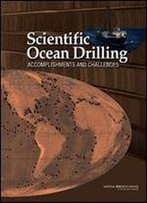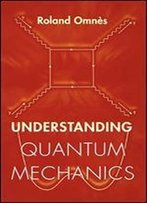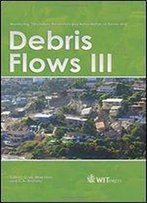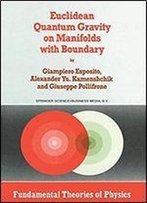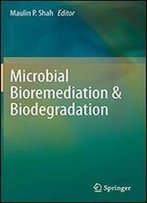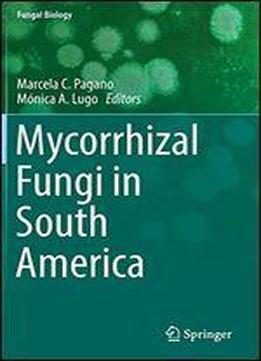
Mycorrhizal Fungi In South America
by Marcela C. Pagano /
2019 / English / PDF
39.4 MB Download
This new book shows the work done by researchers dedicated to the study of different mycorrhizas types, the fungal species associated and their distribution influenced by geographical and environmental factors among the different South American biogeographic regions. The exclusive biotic and abiotic characteristics delimit natural ecosystems with uniques biological communities, where mycorrhizologists have investigated plant symbioses in those ecosystems for decades, providing data from Venezuelan Great Savannah, Andes, Puna, Chaco, Caatinga, Monte, Atlantic Forest, Marginal Forest, Cerrado, Patagonia, Yungas, Rainforest, Andean-Patagonian Forests, and Antarctic section. In these environments, different mycorrhizal associations (arbuscular / ericoid / orchidoid / ectomycorrhizal / mycoheterotrophic) are present in herbaceous plants, shrubs, and trees. Mycorrhizal associations were studied from different researching points of view (biodiversity, biological invasions, biotic / abiotic disturbances, altitudinal variations, seasonal changes, land uses). The aim of this Book is to compile research on mycorrhizal fungi and their associations in environments of South America, throughout the synthesis of information from natural and anthropogenic related environments. The book focuses in different bioregions of South America from tropical areas to the southern cone, and it will be useful to those who work on plant-fungal interactions in different vegetation types and in agricultural lands from South America and worldwide.
